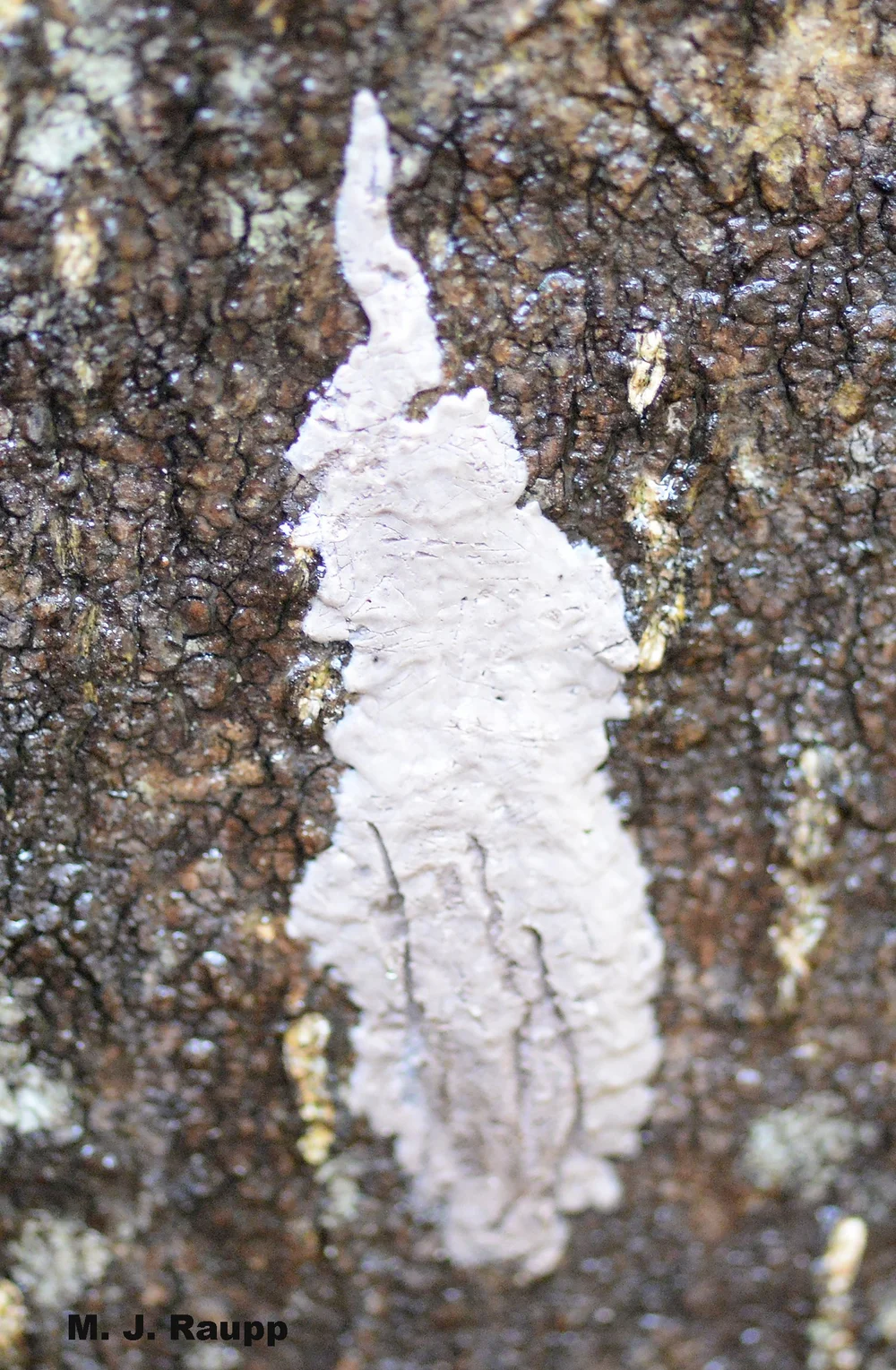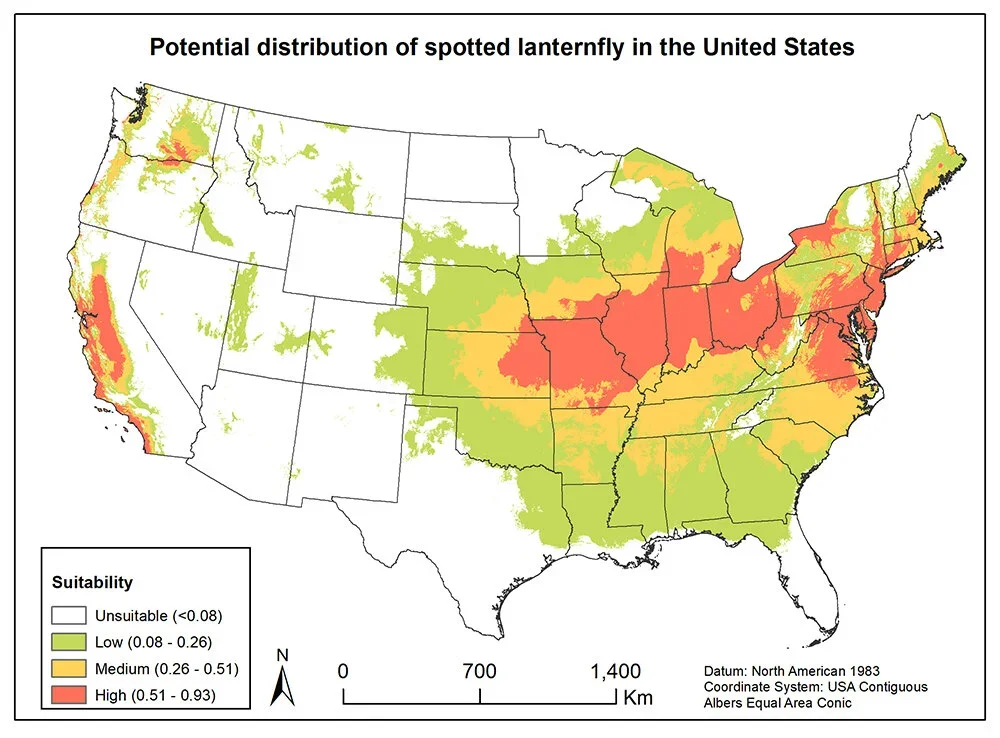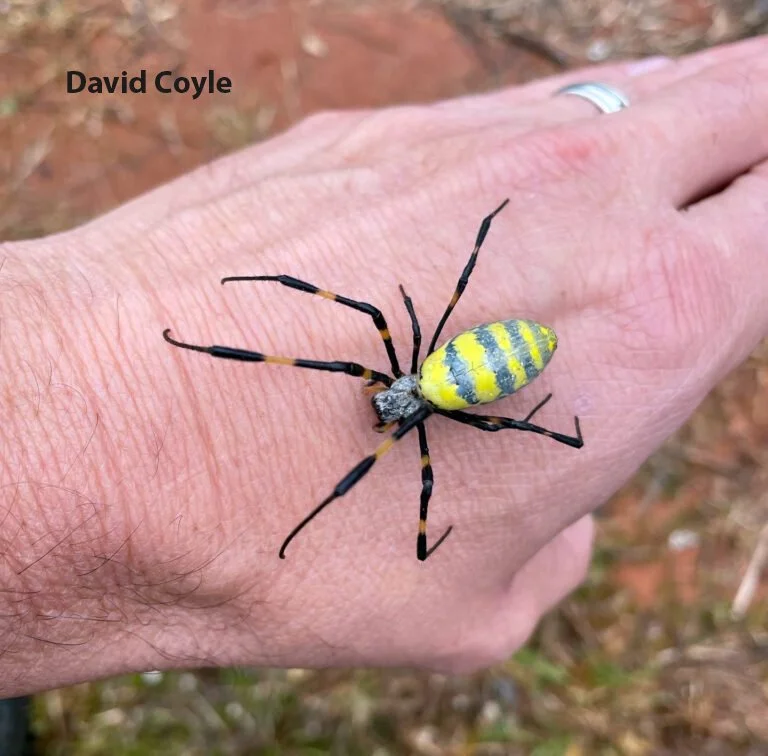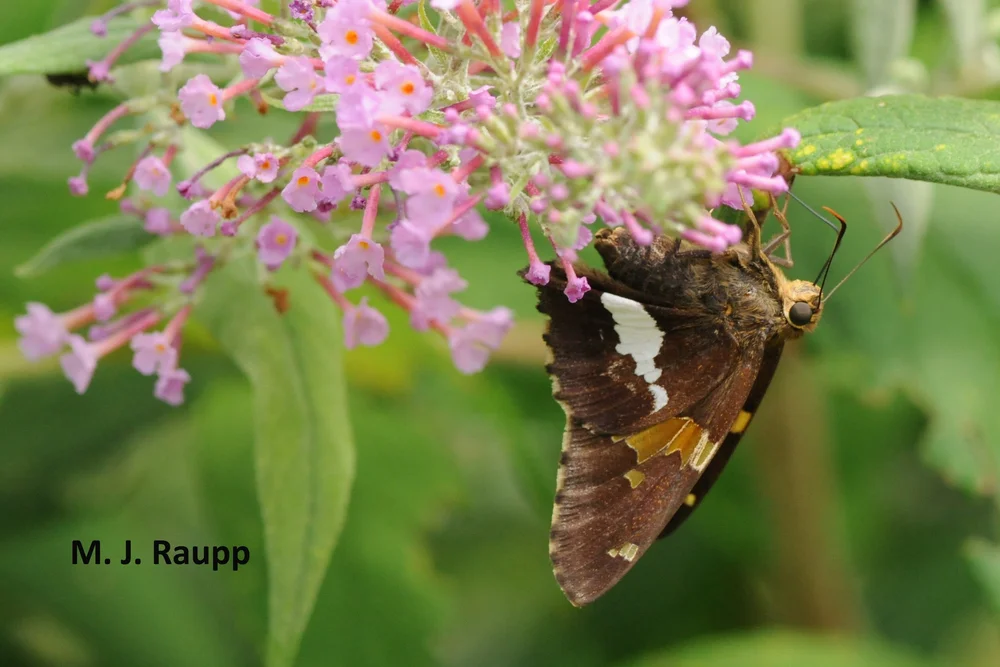Top Pest Control Companies and Exterminators in Massachusetts
Massachusetts may rank among the top 10 best states to live in, but even the best states face year-round pest challenges. That’s why choosing a trusted partner is essential. For more than 30 years, Catseye Pest Control has been ranked among the best pest control companies in Massachusetts, protecting homes and businesses with proven expertise and reliable service. Our licensed professionals deliver safe, lasting solutions designed to meet the needs of every property.
Why Choose Catseye Pest Control Throughout New England
Backed by decades of experience, Catseye has built a reputation for tackling the unique pest challenges of New England. Our team doesn’t just respond to infestations, we design prevention-first strategies that safeguard properties long term.
We are consistently topping lists of the best pest control in Massachusetts, and are also among the select few companies nationwide to hold the QualityPro accreditation from the National Pest Management Association (NPMA), the industry’s highest mark of professionalism. This recognition reflects our rigorous training, safety standards, and customer-first approach.
Another key factor that sets Catseye apart is Cat-Guard, the only permanent exclusion system of its kind, available exclusively through Catseye. Developed and refined for over 20 years, Cat-Guard creates a durable, chemical-free barrier against rodents and nuisance wildlife. For homeowners and businesses that want more than seasonal treatments, Cat-Guard provides a one-and-done solution for lasting peace of mind.
Combined with free inspections, eco- and pet-safe treatments, and year-round protection plans, Catseye stands apart as the region’s most reliable pest control provider.
Pest Control Services Offered Throughout Massachusetts
Catseye’s service model is built on customization, ensuring every property receives the right solution. Whether it’s a single-family home in the suburbs, a historic city building, or a large-scale commercial or industrial facility, our team applies decades of expertise to deliver safe, effective, and lasting pest protection.
Residential Pest Control
Protecting your home and family requires more than a quick spray. It demands a tailored approach from seasoned professionals. Catseye designs residential pest control programs that address the specific challenges Massachusetts homeowners face, from seasonal insects to year-round rodent issues. These services are built to resolve infestations quickly and provide lasting protection. Our licensed technicians combine safe, eco-friendly treatments with prevention strategies designed around your property’s unique vulnerabilities. For homeowners who want maximum protection, Catseye offers solutions that permanently keep rodents and wildlife outside where they belong.

Commercial Pest Control
Pests in commercial and industrial facilities create risks that go far beyond nuisance. They can disrupt operations, compromise health and safety standards, and damage a company’s reputation. That’s why leading businesses across Massachusetts rely on Catseye’s commercial pest control specialists. We provide discreet, regulation-compliant services tailored to industries from food service and retail to healthcare and manufacturing. Our team uses proactive monitoring, targeted treatments, and long-term prevention plans to keep businesses operating safely and without interruption.
Wildlife Removal and Prevention
Wildlife intrusions can cause severe property damage and health hazards when left unaddressed. Squirrels, bats, raccoons, and nesting birds often force their way into homes and commercial buildings, leaving behind contamination, structural damage, and fire risks from chewed wiring or insulation.
Catseye’s licensed wildlife control experts use humane, environmentally responsible methods to remove animals safely and prevent their return. Unlike other providers, Catseye installs an exclusive system that creates a lasting barrier against rodents and wildlife. This permanent exclusion technology, refined for decades, not only prevents infestations but also protects your property’s structure and curb appeal.
Year-Round Protection Planning
Pest control isn’t a one-time fix for homeowners in Massachusetts. Seasonal changes create new risks, from ants and ticks in the summer to rodents seeking shelter in the fall and winter. Catseye’s Platinum Home Protection Plan is designed specifically for residential properties, providing regular inspections and preventive treatments that adapt to the season.
For the ultimate protection, Catseye combines proactive service with permanent exclusion methods that seal entry points and stop rodents and wildlife before they can get inside. Together, these solutions deliver the strongest, most reliable year-round defense for Massachusetts homes.
Common Pest Control Challenges Across New England
New England’s unique landscape and climate create conditions where pests thrive. Massachusetts alone contains nearly three million acres of forest and more than 1,500 miles of coastline, which means properties sit at the intersection of wooded areas, water sources, and dense urban development. These environments attract insects, rodents, and nuisance wildlife year-round.
Beyond geography, shifting weather patterns have intensified pest pressures. Warmer winters allow certain pests to survive longer, while extended summers extend the breeding season for ticks and mosquitoes. This combination of environmental factors means Massachusetts homeowners and businesses must contend with a wider range of pest issues compared to many other regions.
Catseye’s experts understand these challenges first-hand. With decades of experience across New England, our team applies science-based strategies that are specifically adapted to the region’s climate, ecosystems, and pest behaviors.

Seasonal Pests
While cockroaches and bed bugs remain persistent throughout the year, other pests follow seasonal cycles. Ants, mosquitoes, and ticks are most active during warmer months, creating risks for families spending time outdoors. Ticks in particular have surged in recent years, increasing concerns around Lyme disease and other tick-borne illnesses.
As temperatures drop in the fall, rodents such as mice and rats look for shelter inside homes and businesses. Once indoors, they can contaminate food, damage insulation and wiring, and spread disease. That’s why many property owners turn to local rodent exterminators for professional help. Catseye provides targeted seasonal rodent control that not only eliminates infestations but also implements preventive strategies to stop rodents from coming back.
Regional Concerns
The Northeast has always been defined by long winters and shorter growing seasons, but climate change is altering this balance. Warmer winters, wetter springs, and longer autumns have led to earlier pest emergence and prolonged activity periods. For example, mosquito populations are now active earlier in the year, and ticks remain a concern well into the colder months.
Additionally, coastal areas face challenges from moisture-loving pests such as termites and carpenter ants, while heavily wooded areas often struggle with squirrels, raccoons, and nesting birds. Urban centers like Boston, Worcester, and Springfield contend with cockroaches, rats, and bed bugs on a larger scale.
By combining localized expertise with modern Integrated Pest Management (IPM) strategies, Catseye addresses these region-specific concerns more effectively than one-size-fits-all solutions.
Offering State-by-State Pest Control
Catseye’s reach extends beyond Massachusetts into Connecticut, Rhode Island, and New Hampshire, providing a consistent level of service across New England. Each state presents its own mix of pest challenges:
- Massachusetts: Rodent infestations in urban areas, tick-borne illnesses in suburban and rural regions, and nuisance wildlife across forests and coastal areas.
- Connecticut: High rates of termite activity, mosquito-borne illnesses, and rodent problems in older housing.
- Rhode Island: Coastal properties vulnerable to moisture pests like carpenter ants and mosquitoes, alongside raccoon and squirrel intrusions.
- New Hampshire: Wooded landscapes with frequent bat and bird nesting issues, plus growing concerns with ticks.
This regional expertise ensures Catseye technicians can adapt strategies to both statewide patterns and hyperlocal conditions.
Expert Exterminators in Massachusetts
DIY sprays and traps may offer temporary relief, but lasting pest control requires professional expertise. Massachusetts properties face some of the highest pest pressures in New England, making it essential to partner with a licensed, insured provider that understands state regulations and best practices.
Catseye’s exterminators are trained to identify infestations quickly and accurately, implement effective treatments, and put long-term prevention measures in place. By combining eco-friendly solutions with advanced monitoring and exclusion methods, we provide results that protect properties while prioritizing safety for families, pets, and the environment.
Contact the #1 Pest Control Company in MA
When pests threaten your home or business, you need more than a quick fix — you need proven expertise. Catseye Pest Control is consistently ranked among the best pest control companies in Massachusetts, backed by decades of experience, licensed professionals, and award-winning service. Our A+ rating with the Better Business Bureau reflects the trust we’ve earned from thousands of satisfied clients.
From insects and rodents to nuisance wildlife, no challenge is too complex for the Catseye team. Schedule your free inspection today and discover why Massachusetts property owners turn to local pest control experts who deliver safe, effective, and long-term protection.
Frequently Asked Questions
What makes Catseye Pest Control stand out among the best pest control companies?
Catseye combines more than 30 years of local expertise with nationally recognized credentials, including the QualityPro accreditation from the National Pest Management Association. Fewer than 3% of pest control companies earn this distinction, which demonstrates our commitment to professionalism, safety, and customer care. Our A+ Better Business Bureau rating reflects the trust Massachusetts homeowners and businesses place in our services.
Catseye is the only installer of Cat-Guard, a permanent exclusion system refined over two decades. Unlike temporary sealing or patch jobs, Cat-Guard is built to last for years, requires no chemicals, and is installed only by Catseye’s rigorously trained professionals.
Does Catseye help clients for both residential and commercial pest control?
Yes. Catseye offers comprehensive residential pest control and commercial pest control throughout Massachusetts and New England. Whether you need to protect a single-family home, multi-unit housing, a retail store, or a large industrial facility, our licensed professionals provide safe, effective solutions tailored to your property’s unique needs.
What are the most common pests in Massachusetts?
Massachusetts homeowners and businesses frequently deal with ants, ticks, mosquitoes, cockroaches, bed bugs, and rodents such as mice and rats. In addition, nuisance wildlife like raccoons, bats, squirrels, and birds often invade attics, basements, and commercial spaces. Catseye’s local pest control experts are trained to identify and manage these challenges with treatments designed specifically for New England’s environment.
Can pest control get rid of cockroaches?
Yes. Although cockroaches are notoriously resilient, professional pest control can eliminate them with the right strategy. Catseye technicians identify entry points, remove sources of food and water, and apply targeted treatments that are safe for families and pets. We also work with clients to develop prevention measures that stop roaches from returning, which is essential for long-term results.
Do you provide eco-friendly or child-safe pest control options?
Absolutely. Catseye follows an Integrated Pest Management (IPM) approach, which emphasizes prevention first and uses environmentally responsible treatments when necessary. Our eco-friendly pest control services are designed to be safe for children, pets, and sensitive environments while still providing effective protection against insects, rodents, and wildlife.
How long does an exterminator take to complete the pest control service?
Although other pest control companies encourage their technicians to get in and out in 15 to 30 minutes, the Catseye team will never rush through a visit. Our goal is to get the job done correctly, which typically requires visits that last 45 minutes to an hour. Some treatment plans may require longer visits and multiple treatments. Catseye’s team always strives to work around your schedule and provide prompt, efficient, and in-depth service visits.
The post Top Pest Control Companies and Exterminators in Massachusetts appeared first on Catseye Pest Control.
This article appeared first on Catseye Pest





























